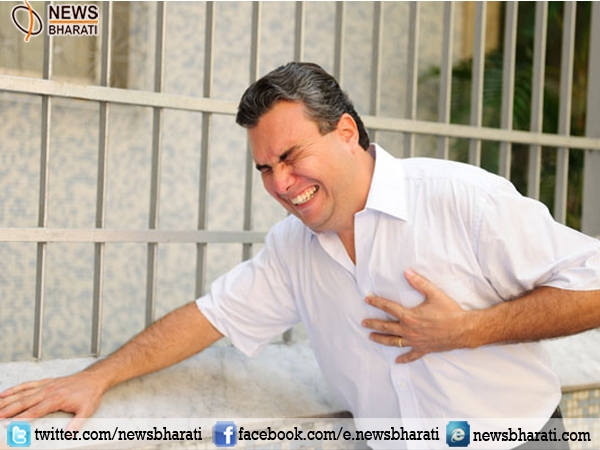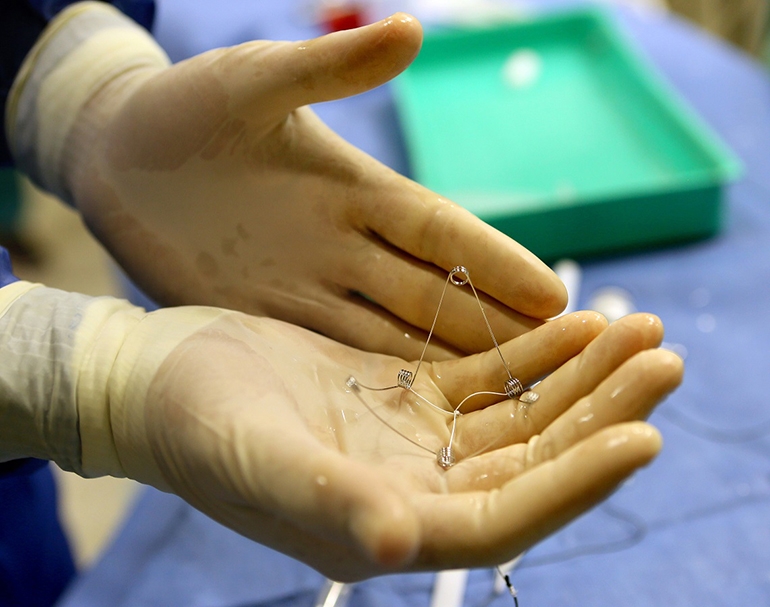To treat uninvited guest ‘Heart Attack’, CORolla device may soon work wonders
Jerusalem, September 13: Today’s hectic lifestyle, stress, untimely food habits, lack of physical activities have taken a toll on the human heart. Lakhs of people have died and still fall prey to this uninvited guest ‘Heart Attack’. In Israel, a certain device is been used to treat or prevent this fatal treatment.

A tiny metal spring implanted into the heart could revolutionize the treatment of heart failure. The device pushes against the walls of the left ventricle, the heart’s main pumping chamber, to help it expand and fill with blood. When the chamber is full and the heart contracts, these springs give way, allowing the left ventricle to fully contract and force out as much oxygen-rich blood as possible to the circulation, so organs, muscles and tissues continue to get a healthy supply. The device is being tested in a 10-patient trial in Israel.
In some patients, the heart stops contracting as it should; in others, the heart doesn't relax enough, so the left ventricle doesn't expand and fill with blood. The new implant is designed for the latter group of patients and helps the left ventricle expand as much as possible as it relaxes.
How is the device placed?
The new implant, called CORolla, is placed inside the heart’s left ventricle under general anaesthetic. Doctors can insert it via two routes: either through an incision in the groin and through the blood vessels to reach the heart; or through the chest wall.

When the heart contracts, the springs, a bit like those you would find on a clothes peg, allow the three prongs to collapse, or give way, so the left ventricle can fully contract. The springs then instantly return the prongs back to their original position, forcing the walls of the ventricle to fully expand again.
The trial at Rambam Medical Centre in Haifa, Israel, will assess the spring implant’s effectiveness in improving cardiac function and easing heart failure symptoms. Patients will be monitored for two years.
Commenting on the implant, Martin Cowie, a professor of cardiology at Royal Brompton Hospital in London, said: "This idea seems interesting and makes sense from the scientific point of view. But it is at a very early development stage."
Julian Halcox, a professor of cardiology at Swansea University, added: "In principle, this strategy looks very promising, but we need to see what the real benefit is in terms of symptoms."